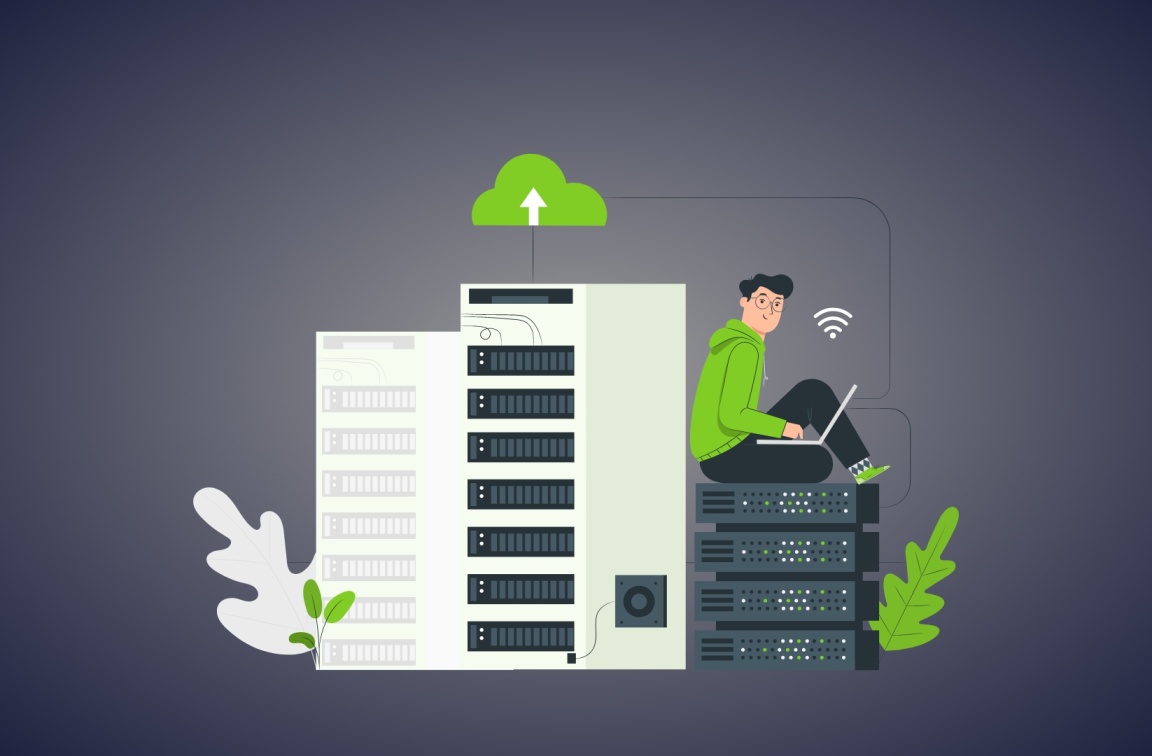Not sure where to begin when it comes to adding a database to your Node.js development solution? In this post, we'll go over the criteria to think about when selecting a database for your Node.js application.
SQL and NoSQL Databases
SQL (Structured Query Language) is a query language used in relational databases. External keys (or indices) are used to uniquely identify any atomic bit of data in each table, and the structure of such databases makes it possible to link data from several tables. Other tables can use this external key to create a relationship between data components and the sections pointed to by the foreign key.
What advantages do non-relational databases offer? Their main advantages are the ability to bypass hardware limitations and a high level of security.
Know the Difference Between SQL and NoSQL Databases
|
SQL |
NoSQL |
|
|
Type |
Table-based |
Graph-based on documents with key-value pairs |
|
Query language |
Structured |
Non-declarative |
|
Scalability |
Vertical |
Horizontal |
|
Examples |
MySQL, PostgreSQL, SQLite |
MongoDB, Redis, Apache Cassandra |
|
Data storage |
The hierarchical model is the best fit. |
Suitable for the hierarchical in key-value pair model |
|
Open-source |
A combination of commercial and open-source software |
Open-source |
|
Hardware |
Specialized |
Commodity |
|
Kind of Storage |
SAN, RAID, etc. |
Standard HDDs, JBOD |
SQL Databases for Node.js – Comparison
General
- MySQL
MySQL is one of the most widely used database management systems today. This system is built to handle large amounts of data. In contrast, MySQL is suitable for both small and large applications.
- PostgreSQL
The PostgreSQL database management system is a popular object-relational database management system that is open-source. The SQL language is used by PostgreSQL, a relational database management system.
- SQLite
It is simple to incorporate the database into programmes. Because it is based on files, this system offers a far wider range of tools for interacting with it than network DBMS. When working with this DBMS, requests are made directly to files (where data is stored) rather than ports and sockets in the network DBMS.
Data Storage Features
- MySQL
MySQL is a relational database that uses many engines to store data in tables. The procedure of dealing with engines, on the other hand, is hidden within the system itself. The syntax or execution of requests is unaffected by the engine. The primary engines supported are MyISAM, InnoDB, MEMORY, and Berkeley DB.
- PostgreSQL
PostgreSQL is an object-relational database with a single-engine. All tables are represented as inheritable objects, and all table operations are performed by using objectively oriented functions.
- SQLite
SQLite is a type of database that is built into a programme. The lack of a client-server model in SQLite is referred to as "embedded." In other words, rather than being a separate working process with which the programme interacts, the SQLite engine is a library with which the programme is linked. As a result, the engine becomes an important part of the game. As a result, function calls (API) from the SQLite library are used as an exchange protocol. This strategy reduces application overhead, improves response time, and streamlines the process.
SQL Standard Support
- MySQL
MySQL does not support all of the new capabilities in the SQL standard. The developers adopted this development path to keep MySQL simple to use. The company tries to match the specifications, but not at the expense of simplicity.
- PostgreSQL
PostgreSQL is an open-source database that is free to use. It was built by a group of SQL enthusiasts that attempt to stick as closely as possible to the SQL standard while still including all of the current standards. However, all of this leads to a loss of simplicity.
- SQLite
SQLite strives to adhere to the "minimal but complete" principle. In many aspects, it is functionally identical to SQL 92, albeit lacking some advanced capabilities. It also adds a few unique features that are both useful and out of the ordinary.
Performance
- MySQL
When working with a MySQL database, an InnoDB table is commonly used. This is an indexed B-tree table. Indices make it easier to get data from a disc fast, resulting in fewer disc operations.
- PostgreSQL
All PostgreSQL table header data is kept in memory. A table that does not exist in memory cannot be created. The table records can be retrieved quickly because they are sorted by index.
- SQLite
In SQLite, as in MySQL, the B-tree technique is utilised to construct indices. SQLite is unique in that it was created with small databases in mind. The memory requirements of SQLite grow as the database grows. SQLite speed improvement is modest to non-existent.
NoSQL Databases for Node.js – Comparison
General
- MongoDB
MongoDB is a document-based database management system that does not need the specification of a table schema. It is one of the most well-known NoSQL systems since it uses JSON-like texts with a database structure. This application was written in C++.
- Redis
Redis is a key-value database built on top of the NoSQL database system. The fact that Redis storage preserves data in RAM is a crucial feature. This makes it fast, but it isn't the most reliable method. Redis stores all data to disc on a regular schedule, but the data will be lost if the server fails between adding new data and saving it to disc.
- Apache Cassandra
Apache Cassandra is a non-relational distributed database management system that is fault-tolerant. It was designed to provide highly scalable and robust hash storage for enormous amounts of data. The Java-based project was started by Facebook in 2008 and turned up to the Apache Software Foundation in 2009.
How W3Villa May Help You Node.js Development Service?
W3Villa is a leading Node.js development company that specializes in high-performance, scalable, and feature-rich Node.js server-side and backend solutions. We have a dedicated team of developers who have a deep grasp of the NodeJS runtime environment and can help you build lightweight, scalable, and quick web apps.
- Custom Node.js development
Our senior developers and project managers are capable of creating apps of varying sizes and levels of complexity.
- Enhancement of the application
Poorly written items are destined to fail. We can assist you in refactoring existing apps to boost performance and ensure compliance with industry standards.
Conclusion
As we mentioned before, the optimal database for a Node.js project depends on the type of tasks you need to complete. Some developers favour NoSQL databases, while others prefer SQL databases. Nonetheless, it's a matter of habit and preference.
To choose the best Node.js development company, simply visit



